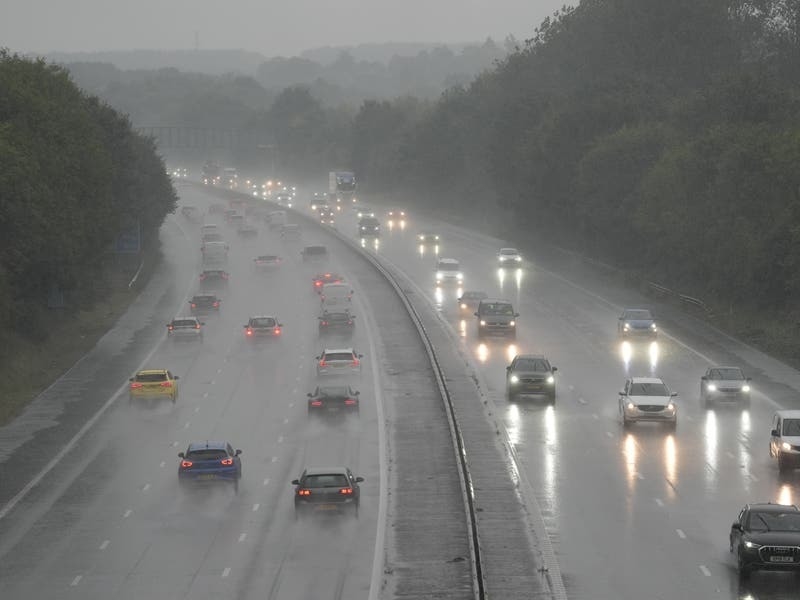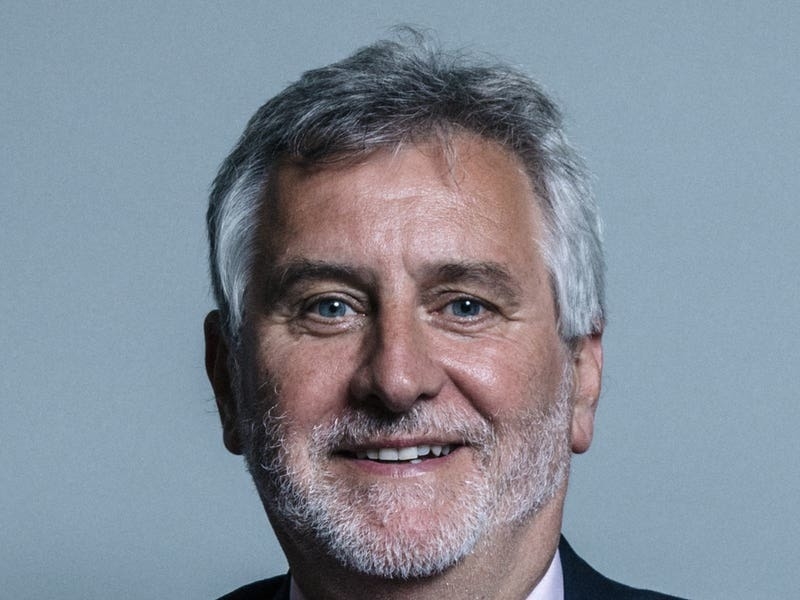In a distinguished 22-year career in the RAF, Victor Linthune piloted 37 different types of aircraft, including flying boats, Avro Ansons and Mosquitos, and flew from 240 airfields. During the war he shot down two enemy aircraft and a V-1 flying bomb.
His daughter, Jenny Taylor-Bensusan, said the RAF was her father’s life but he had a huge respect for all the armed services.
‘He was such a huge character, fiercely independent and such a strong man,’ she said. ‘He was hugely loved and respected.’
Mr Linthune, who died on Monday, joined the RAF in 1935. When war broke out in September 1939 he was serving in 233 Squadron of Coastal Command, flying patrols over the North Sea from an airbase close to St Andrew’s.
Speaking to the JEP in October 2004, he said that while everybody remembered Fighter Command and Bomber Command, the role of Coastal Command was usually overlooked. He also spoke of the terrible conditions he encountered flying in the winter of 1939 and 1940.
‘We had to fly in sight of the sea at all time,’ he recalled.
‘There were no navigation aids, it was all dead reckoning and how we ever got back to the same place we started from I’ll never know.
‘We would spend hours over the North Sea – it was a terrible strain keeping at low level just above the sea. Even if our crews never saw an enemy, there was the constant stress of flying in ice and gales.
‘The rest of my service was pleasant by contrast – even if it was operational. After one patrol I was only one of five planes that came back because of the weather, the enemy and problems with aircraft.’
Mr Linthune served with Coastal Command until August 1940, and after a period as an instructor, he transferred to 93 Squadron in Wiltshire, which was developing and testing an aerial mine for use against enemy aircraft.
In November 1944, while flying off Portugal, his plane developed a mechanical fault, forcing him to ditch at sea.
Fortunately he was picked up by Portuguese fishermen, who mistook him for a German. The experience won him membership of the Goldfish Club, for pilots who survived crashing at sea.
He survived the war and remained in the RAF until he retired in 1957, with the rank of Squadron Leader. He subsequently moved to Jersey and helped to organise the International Air Display in the early 1960s.






